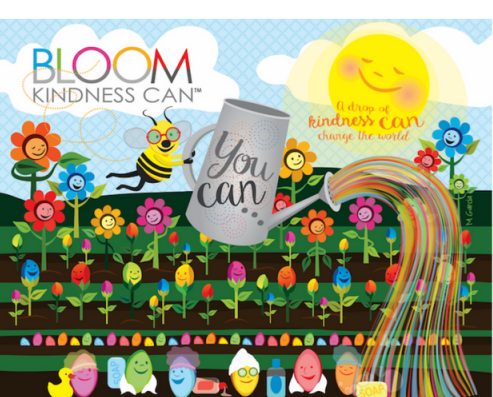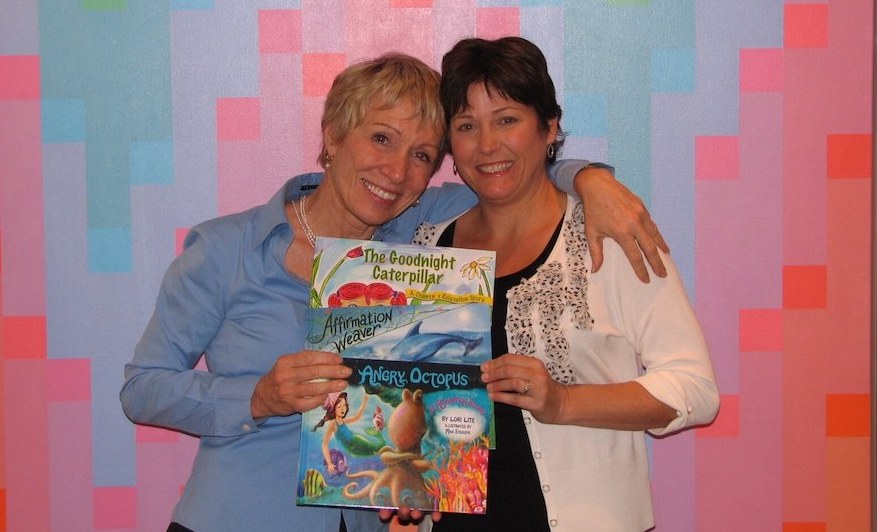Blog
Raising Optimistic Children

Note to Readers: Much stress, anxiety and even depression is because we expect a negative outcome. Children are hopeful by nature but are quickly influences by adult ways. Paying attention to our thoughts and expectations and tweaking them with optimism can reduce stress, anxiety, and fear. Lead by example and raise optimistic children…you just might change your life in the process. Thanks to Dr. Lynne Kenney for sharing this article with Stress Free Kids!
by Dr. Lynne Kenney
A new study, in the February print issue of Pediatrics, examined optimism in 5,634 children who began taking part in the research when they were 12 to 14 years old. The researchers found that the quarter of kids who were the most optimistic had almost half the risk of showing signs of depression compared with those who were least optimistic. Being highly optimistic only had a “modest” link to less heavy substance abuse and antisocial behavior. Likely because substance use and antisocial behavior have strong genetic correlates.
Raising optimistic children has been meaningfully explored by Dr. Martin Seligman since he studied learned helplessness in the 1970’s. In 1991, Seligman published Learned Optimism: How to Change Your Mind and Your Life. Since that time, his influence on the field of Positive Psychology has been instrumental in teaching the public that what you think and how you reframe your life experiences impacts your life view as well as your health. People who rate high on optimism live longer, have better mental health and are physically healthier than people who rate high on pessimism.
If you are wishing to encourage optimism in your children consider these time-honored strategies:
1. Help your children set themselves up for success. Participating in tasks, academic activities and physical sports that are within your child’s ability will provide them with positive experiences increasing their self-esteem and allowing them to see themselves as capable.
2.Give specific feedback on what your child does well. Instead of offering general praise, be specific. “You practiced so many multiplication problems that you earned an A on your recent test.” “Your effort and practice earn you better grades.”
3.Validate their feelings offering some strategies for looking more hopefully at the circumstances. “It didn’t feel very good to miss the goal at soccer, but your footwork on the field was excellent. Daddy and I will play more with you in the backyard so you are better prepared for the next time.”
4. Use positive not negative labels. Negative labels lead children to believe they are the label. So use positive labels when talking with and about your child. As an example, when your child exhibits a behavior that is unsuitable such as whining refrain from calling your child a “whiner” and practice using a new tone with your child. “Joey, when you ask for what you want in a positive tone, I can respond better to you.” “Let’s use a happy tone as we talk with one another.”
5.Comment on the bright side. “I know it’s raining so we must play indoors, this is our chance to make a huge train station today.”
Raising optimistic children begins with you. Seeing the positive side of life experiences, learning from mishaps and practicing positive thoughts leads to happier children. You can find more ideas and strategies for raising the optimism quotient in your family by reading Martin Seligman’s book The Optimistic Child.









